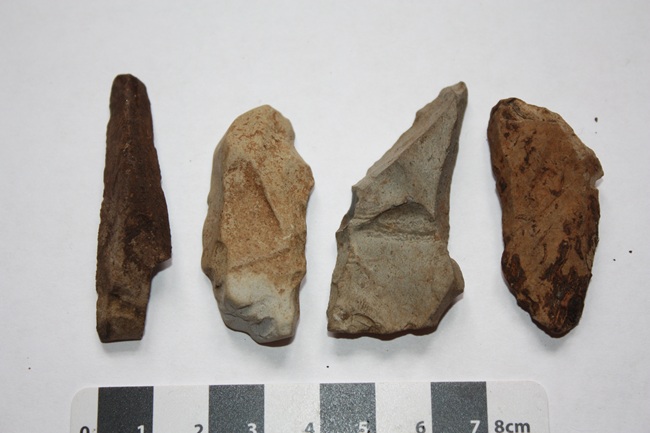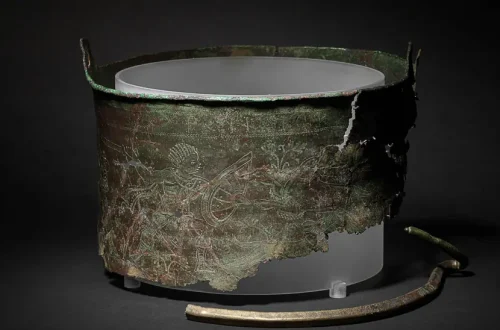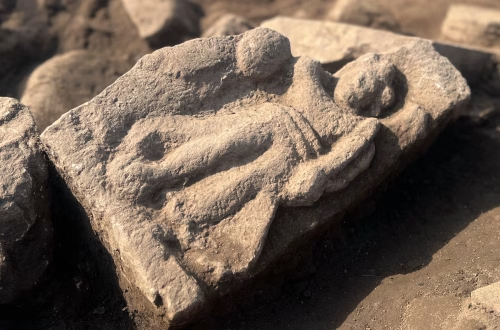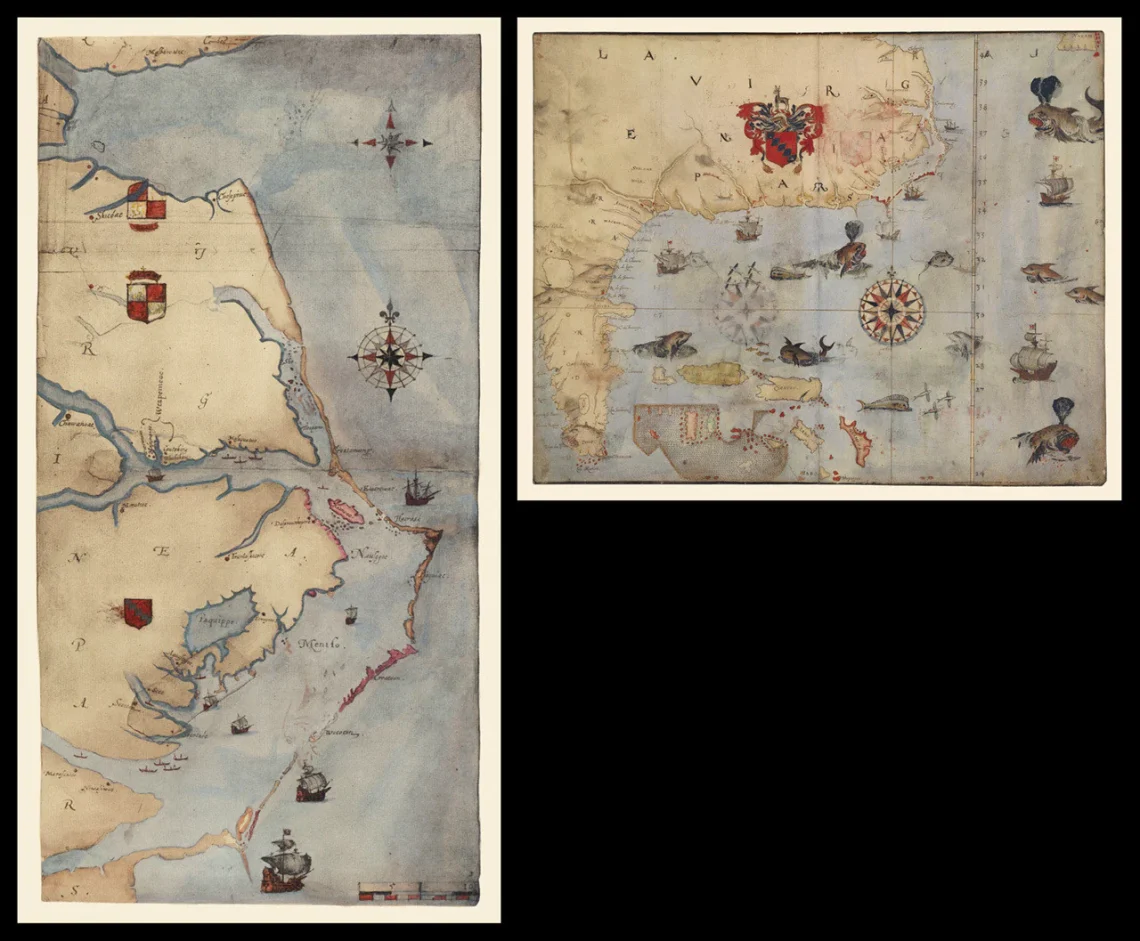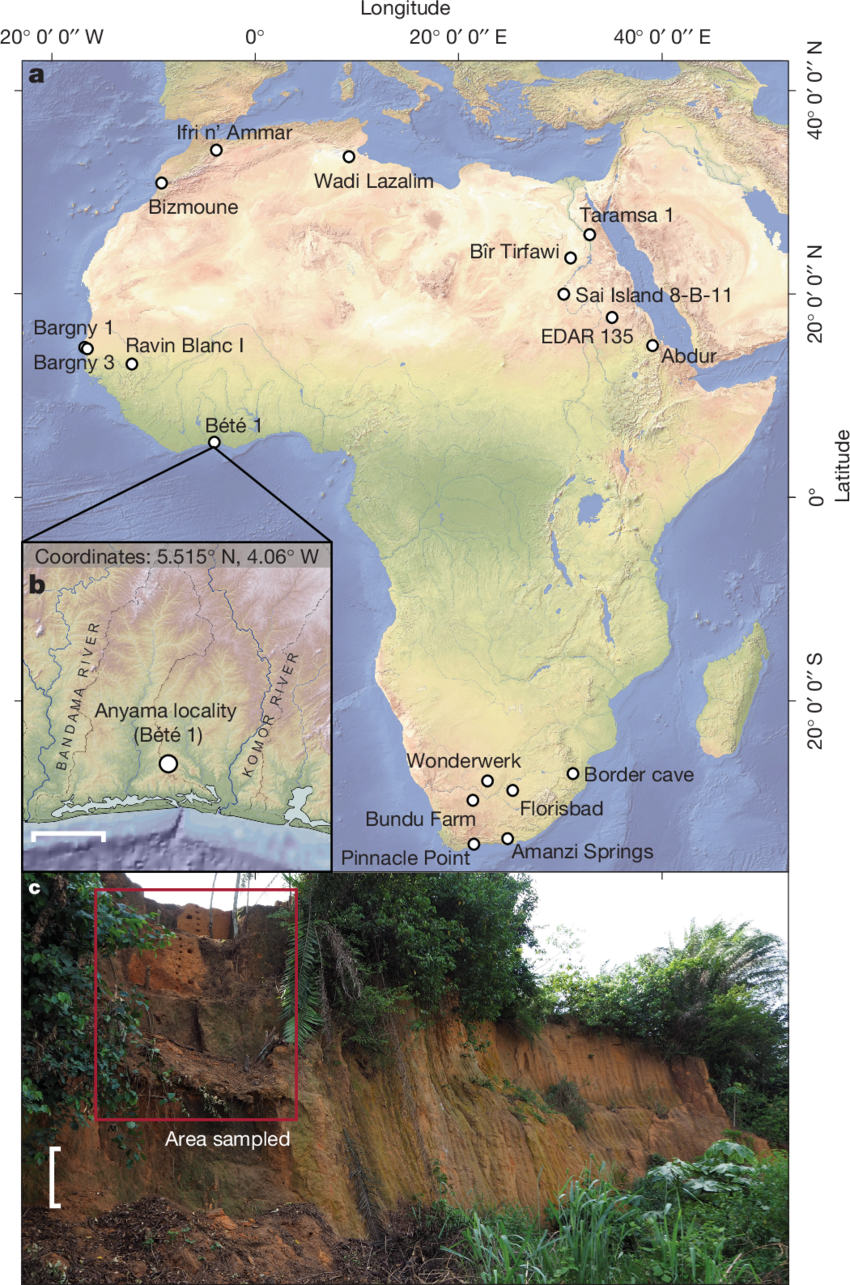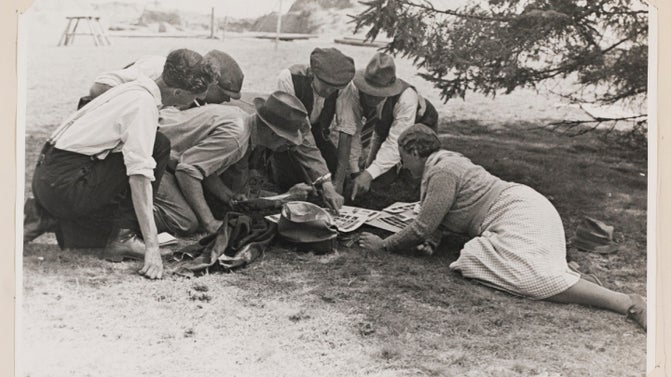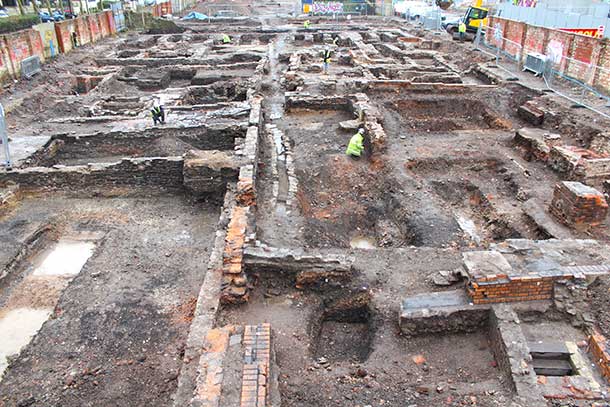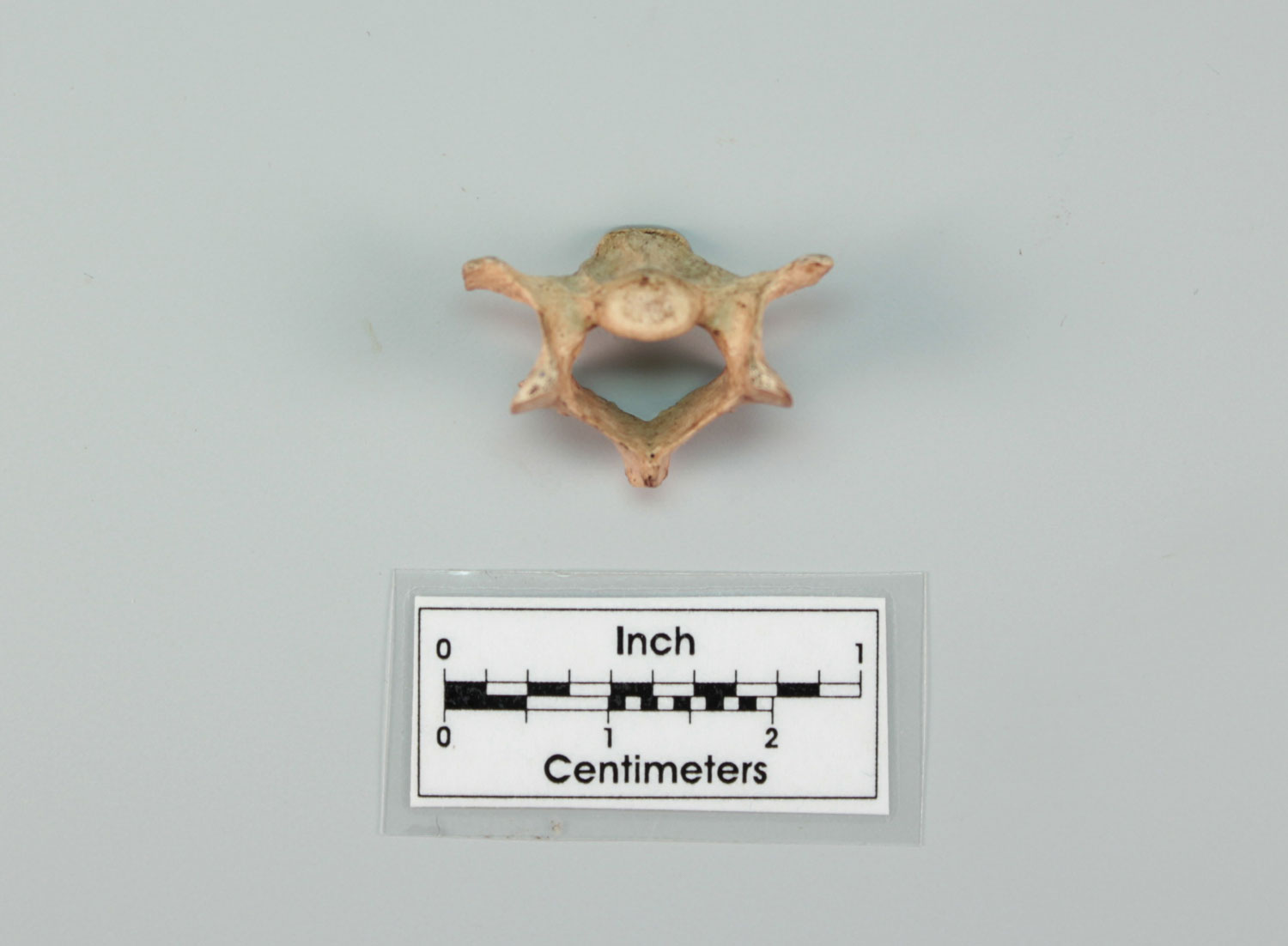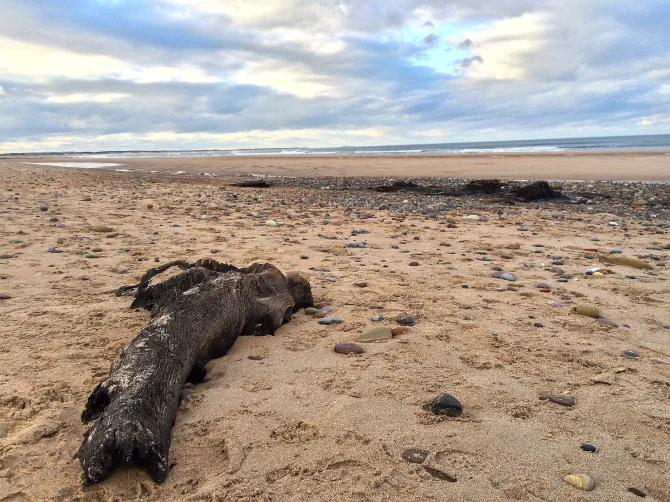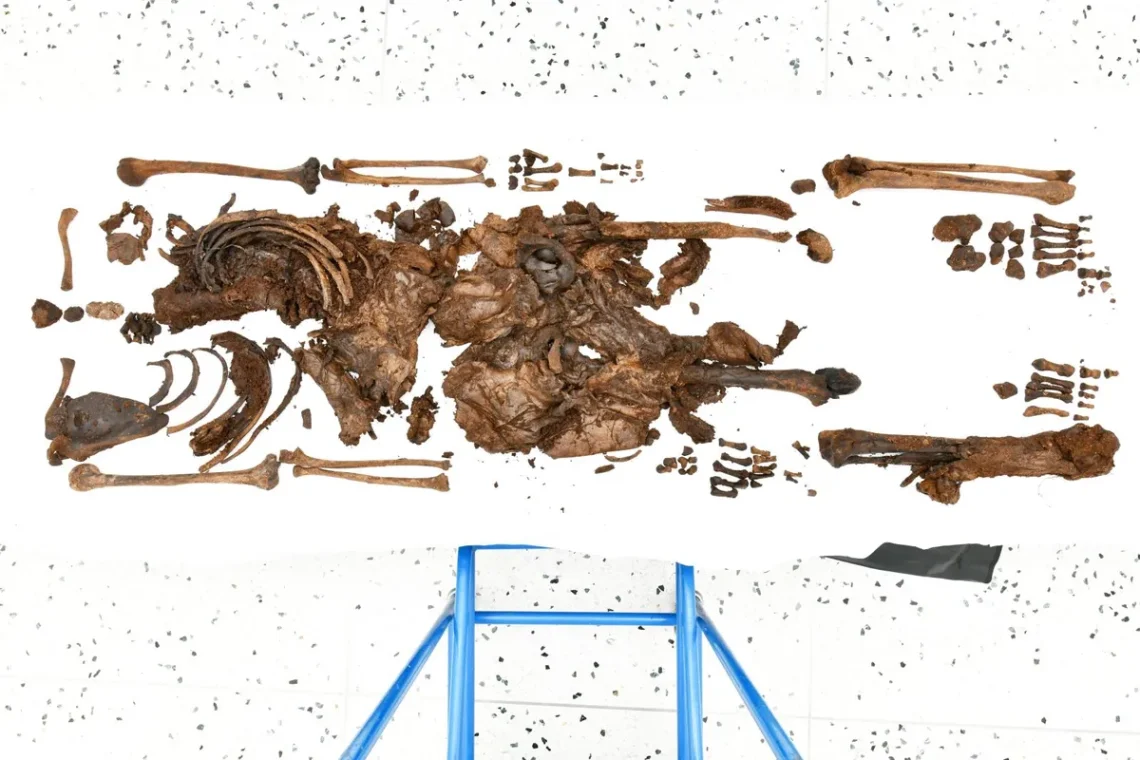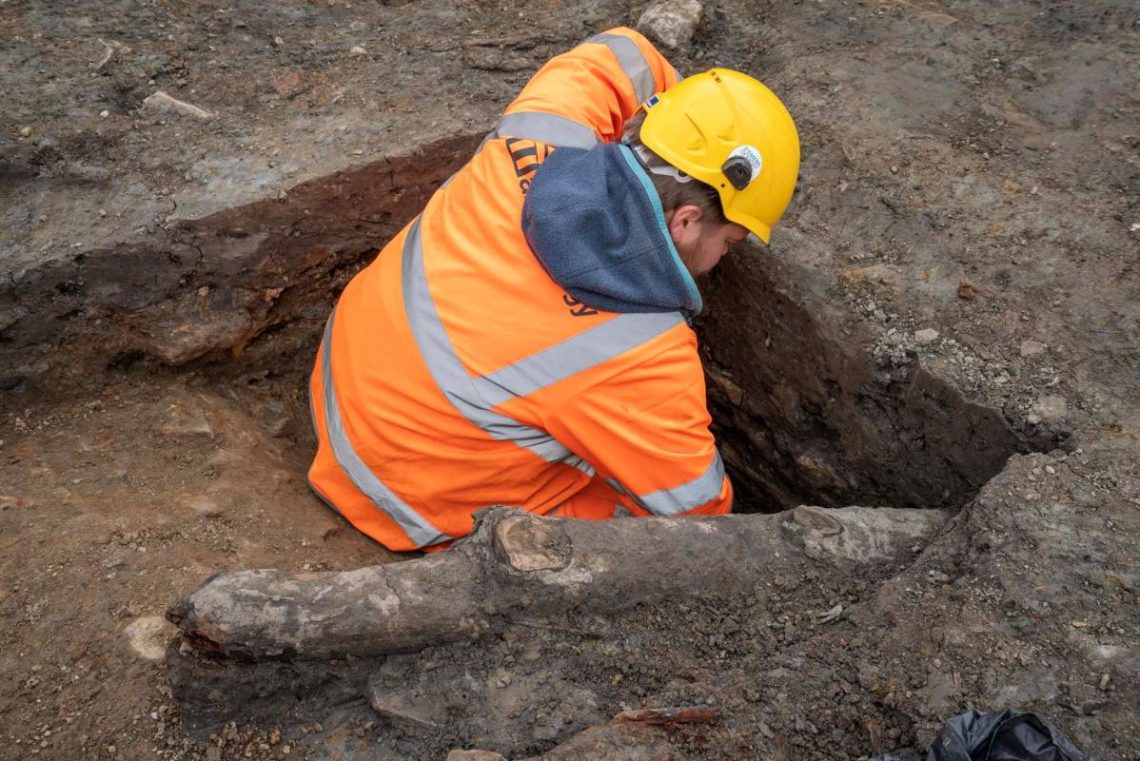Recent archaeological discoveries off the coast of Scotland have illuminated the remarkable journeys of prehistoric peoples who ventured to the far northern reaches of the British Isles around 10,000 years ago. Submerged stone tools and possible structural remains found near the Isle of Skye suggest that early humans, likely Mesolithic hunter-gatherers, braved challenging conditions to settle in regions previously thought to be sparsely populated. This finding, reported by the University of Glasgow, challenges assumptions about the extent of prehistoric human migration and highlights the resilience of our ancestors. Archaeologists from the University of Glasgow, led by Professor Karen Hardy, have…
-
-
For over four centuries, the fate of the Lost Colony of Roanoke has remained one of America’s most enduring historical enigmas. In 1587, over 100 English settlers, led by Governor John White, established a colony on Roanoke Island, off the coast of present-day North Carolina. When White returned in 1590 after a three-year delay due to the Anglo-Spanish War, the colony was deserted, with only the word “CROATOAN” carved into a wooden post as a clue. Now, groundbreaking archaeological discoveries on Hatteras Island have provided compelling evidence that the colonists did not vanish but integrated with the local Croatoan tribe,…
-
A remarkable archaeological find in West Africa has unveiled evidence that early humans inhabited tropical rainforests as far back as 150,000 years ago, challenging long-held assumptions about the environments our ancestors occupied. The discovery, centered at the Bété I site in southern Côte d’Ivoire, marks the earliest known association between humans and wet tropical forests, pushing back the timeline of rainforest habitation in Africa by over 130,000 years. The Bété I site, first explored in the 1980s by a joint Ivorian-Soviet team, yielded stone tools such as picks and retouched flakes buried in layers of sediment. Initially, limitations in dating…
-
Today, May 8, 2025, the National Trust’s Sutton Hoo unveils a captivating new exhibition, The Dig: A Story Unearthed, which delves into the real-life events and personalities that inspired the acclaimed Netflix film The Dig. This exhibition, set at the iconic Anglo-Saxon burial site in Suffolk, offers archaeology enthusiasts and history lovers a chance to explore the remarkable story of the 1939 excavation that reshaped our understanding of early medieval England. The exhibition centres on the discovery of the Great Ship Burial in Mound 1, a find that revealed a 27-meter-long ship and a treasure trove of Anglo-Saxon artefacts, including…
-
Recent archaeological excavations at the Glassfields site on Old Bread Street in Bristol by Cotswold Archaeology have unveiled a rich tapestry of the city’s urban evolution, from medieval times to the industrial era. These investigations conducted between 2016 and 2017 have provided invaluable insights into Bristol’s historical landscape. The site’s earliest findings include horticultural ground surfaces containing pottery dating from the 12th to 14th centuries, indicating agricultural activity during the medieval period. Subsequent layers reveal a progression of urban development, with evidence of domestic and industrial occupation from the late 17th century onwards. These include cellars, wells, cess pits, and…
-
Archaeologists have uncovered the earliest known evidence of domesticated cats in the United States within the wreck of the Emanuel Point II, a Spanish ship that sank in 1559 off Florida’s Pensacola Bay. The findings, published in American Antiquity, shed light on the presence of cats during early European colonization. Researchers from the University of West Florida and the University of Arizona analyzed skeletal remains from the shipwreck, identifying bones from an adult and a juvenile cat. Genetic analysis confirmed these were European domestic cats (Felis catus), likely brought from Spain. Isotopic studies revealed a diet consistent with shipboard life,…
-
Doggerland, once a thriving prehistoric landscape, now lies submerged beneath the North Sea, connecting Britain to continental Europe. Occasionally exposed by winter storms, the remains of this ancient submerged forest, part of the Mesolithic landscape of Doggerland, emerge from the sands of Cresswell Beach. The remains at Cresswell Beach include stumps and felled trunks of Oak, Hazel and Alder trees, preserved by peat deposits. These remnants date back over 7,000 years, thriving during the Mesolithic period. This forest existed before Britain’s separation from continental Europe, a result of rising post-glacial sea levels that transformed the region into what is now…
-
Welcoming a new chapter in archaeological storytelling, the iconic Time Team series is set to return with a fresh partnership involving Bournemouth University (BU). Initially launched in 1994, this beloved show transitioned to YouTube after a 30-year television run, and now, with BU’s collaboration, it promises to captivate a global audience again. Bournemouth University has joined forces with Time Team to produce the following season. The UK show, known for its engaging portrayal of archaeological digs, will feature a presenter alongside a team of archaeologists, unravelling the historical narratives of various sites. Producer George Pagliero expressed his enthusiasm: “We’re keeping…
-
The Ballymacombs More Woman, a bog body discovered in Northern Ireland’s peatlands in 2023 near Bellaghy, was unearthed, and these 2,000-year-old remains of a young woman indicate a violent end, possibly indicating ritual sacrifice. In the marshy expanse of Ballymacombs More, workers re-grading the road on the peatland outside the village of Bellaghy stumbled upon a grim relic: human remains, remarkably intact after two thousand years. The waterlogged, acidic bog had tanned her skin to leather, preserving bones, hair, and soft tissue in a natural time capsule. Radiocarbon dating, conducted by archaeologists from Queen’s University Belfast, places her life between…
-
Sheffield Castle’s newly revealed Civil War defenses have been discovered by Wessex Archaeology between 2020 and 2024, these 17th-century fortifications in northern England illuminate a turbulent past. Sheffield Castle, once a medieval stronghold, became a battleground during the English Civil War (1642–1651). Royalists held it until Parliamentarians seized and razed it in 1644, leaving ruins beneath modern Sheffield. Wessex Archaeology’s recent digs, part of the Castlegate regeneration project, uncovered remnants of the castle’s defenses, transformed after the war to guard against rebellion. These findings resurrect a site pivotal to England’s fractured history, where power shifted amid cannon fire. Wessex Archaeology’s…

